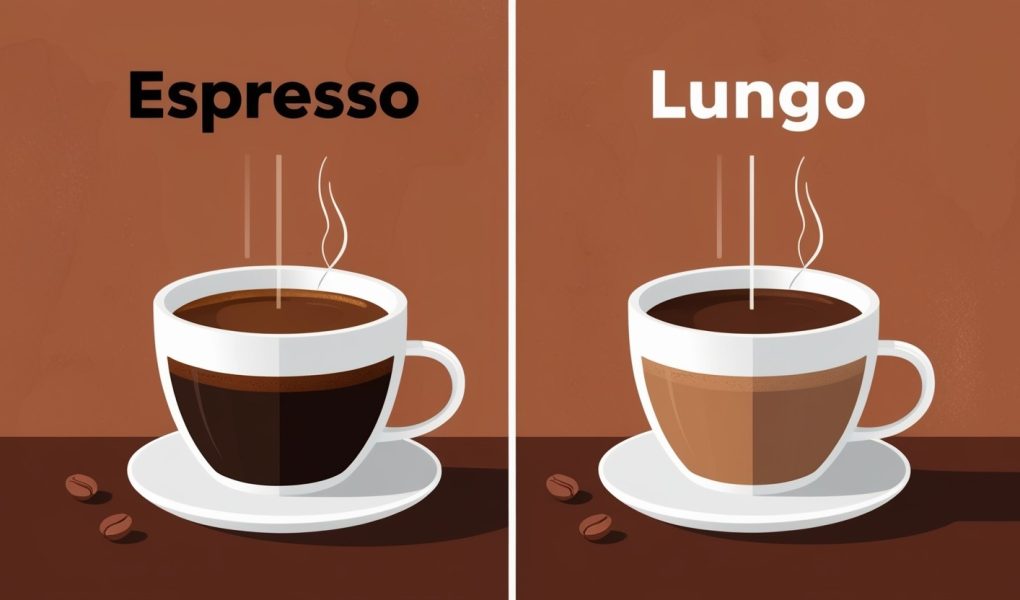When it comes to coffee, the difference between espresso and lungo can spark spirited debates among enthusiasts. While both are brewed using the same machine, their distinct characteristics lead to unique experiences in flavor, strength, and aroma. Understanding these nuances not only enhances your coffee knowledge but also elevates your tasting experience. Whether you’re savoring a quick shot of espresso or a leisurely lungo, each offers a journey into the rich world of coffee. Let’s dive deeper into what sets these two beverages apart.
What is Espresso?
Espresso is the heart of many coffee beverages, celebrated for its rich, bold flavor and concentrated form. Created by forcing hot water through finely-ground coffee, this brewing method extracts a symphony of flavors in a mere shot. The result? A thick, syrupy liquid topped with a luscious crema, giving it that signature appearance. Espresso serves as the foundation for drinks like lattes and cappuccinos, making it a staple in coffee culture. Whether enjoyed solo or as part of a crafted beverage, espresso delivers a powerful punch that coffee lovers adore.
What is Lungo?
Lungo, Italian for “long,” is a delightful twist on traditional espresso. This coffee is brewed using the same finely-ground beans, but with more water and a longer extraction time. The result is a larger, milder shot that retains a complex flavor profile without the intensity of espresso. With a slightly bitter edge and a lighter body, lungo offers a unique experience that invites sips rather than quick shots. Perfect for those who appreciate a gentler coffee moment, it’s an excellent choice for a leisurely afternoon break.
Key Differences Between Espresso and Lungo
Espresso and lungo may share similar origins, but they diverge in key ways that shape your coffee experience. The primary difference lies in brewing time and water quantity. Espresso is crafted with a quick, intense shot of water, while lungo uses a longer extraction process, resulting in a larger, milder beverage. This also affects their taste profiles: espresso is bold and concentrated, whereas lungo offers a gentler, slightly bitter flavor. Ultimately, these distinctions make each drink unique, catering to different moods and moments.
Popular Uses and Pairings
Espresso shines in quick coffee moments, perfect for an energetic start to the day or a mid-afternoon pick-me-up. It pairs beautifully with rich desserts like chocolate cake or tiramisu, enhancing their flavors. On the other hand, lungo is ideal for leisurely sipping, making it a great choice for a relaxing afternoon. It complements lighter fare, such as biscotti or fruit-based pastries, allowing the subtle coffee notes to shine. Both drinks have their time and place, catering to different preferences and occasions.
Conclusion
Espresso and Lungo each have their distinct charm. Espresso packs a punch, ideal for quick indulgence, while lungo offers a more relaxed sipping experience. Understanding these differences allows you to choose the right brew for any occasion. So whether you crave the intensity of an espresso or the smoother allure of a lungo, both drinks invite you to savor the rich flavors of coffee in your own unique way. Enjoy exploring these delightful brews!



